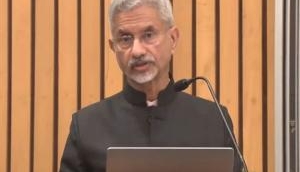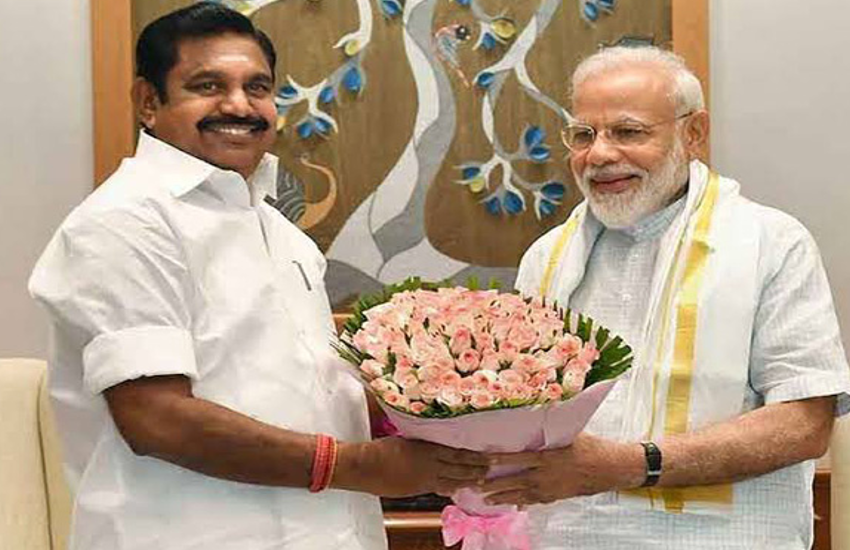The Madhesi blockade is almost total. How long can Nepal take it?

No let up
- Nepal has been on the boil on the Madhesi question
- There seems to be no let up in Madhesi agitation
Endless agitation
- Madhesi agitators have captured most transit points, blocking supplies from India
- The blockade is telling on Nepalese daily lives now
More in the story
- What do the agitators seek?
- What is the government\'s stand?
Nepal Foreign Minister Kamal Thapa is generally a happy man who greets an adverse situation with a lot of positivity.
On returning from a pilgrimage to the Yamuna, he greeted reporters gathered at the airport and said: "The visit was fruitful gentlemen... India has assured me to continue supplies through rerouting."
Thapa said he discussed bilateral relation with his Indian counterpart (Sushma Swaraj), met Prime Minister Narendra Modi and Rajnath Singh. The Indian side assured him that problems arising from the blockade created by Madhesis would soon be sorted out.
But how will the Indian trucks enter Nepal? If they are rerouted, then which route would they take? These questions needs a genuine answer.
Ground report
I travelled from Birgunj at the centre of the Madhes region to Jogbani in eastern Madhes for five days. Every small transit points were captured by the Madhesis.
Even at an insignifcant transit point like Gour, Madhesi agitators were determined for a "aar ya paar" (fight to the finish). Do they want to cede from Nepal? No. They just want a peaceful solution to the issues raised by them.
At another minor transit point, Bhittamore which links to Janakpur, adjacent to Sitamarhi and Madar, adjacent to Jaya Nagar in Bihar's Madhubani district, people were more agressive.
These mini transit points don't collect any significant revenue, but the satyagrahis there are determined to fight for the rights of Madhesis. And they are optimistic: "Our struggle will not be in vain."
Birganj, Nepal's gateway, shut for 70 days. How many more days of Madheshi agitation can Nepal take?
The Oli government may be happy that 1.4 lakh litre diesel has been dispatched to Kathmandu from Kailai in the far west of Nepal. But it is the longest transit route.
There are no transit points in Nepal that can cope with heavy goods traffic except Birganj. Historically and socially, Birganj has been the gateway to Nepal. It is also a political gateway which let in Gandhism and democracy in the early '50s.
This gateway has been seized by Madhesis for the last 70 days. They demand their rights and seek respect from the Nepali state.
The state, on the other hand, has avoided saying that the Madhesis are a bonafide part of a sovereign Nepali nation. This is the crux of the present problem.
What next?
The government has formed a committee under the chairmanship of Foreign Minister Thapa to initiate dialogue with leaders of the Madhesis . But, the process is yet to start.
Madhesi leaders may agree on minor but significant changes in provincial demarcation. A special status to the Tharus may also satisfy them.
But, the current establishment seems admant on their major demand for a population-based representation in Parliamentary elections. They fear this will tilt the population balance in favour of the Madhesis and against those from the hills.
The situation is tricky and the government has been arrogant. Some leaders of the current coalition are expecting India to intervene. >
Outgoing President Ram Baran Yadav realised the situation was headed towards a conflict.
"With the blessing of my mentor Girija Koirala, I became the first President of the Republic Nepal. It was a jubiliant moment then," he said recently. "But I am leaving on a sad note. I suggested political parties resolve the Madhes problem. Instead, they are making it more complex."
The views expressed here are personal and do not necessarily reflect those of the organisation.
First published: 22 October 2015, 10:31 IST





![BJP's Kapil Mishra recreates Shankar Mahadevan’s ‘Breathless’ song to highlight Delhi pollution [WATCH] BJP's Kapil Mishra recreates Shankar Mahadevan’s ‘Breathless’ song to highlight Delhi pollution [WATCH]](https://images.catchnews.com/upload/2022/11/03/kapil-mishra_240884_300x172.png)

![Anupam Kher shares pictures of his toned body on 67th birthday [MUST SEE] Anupam Kher shares pictures of his toned body on 67th birthday [MUST SEE]](https://images.catchnews.com/upload/2022/03/07/Anupam_kher_231145_300x172.jpg)






